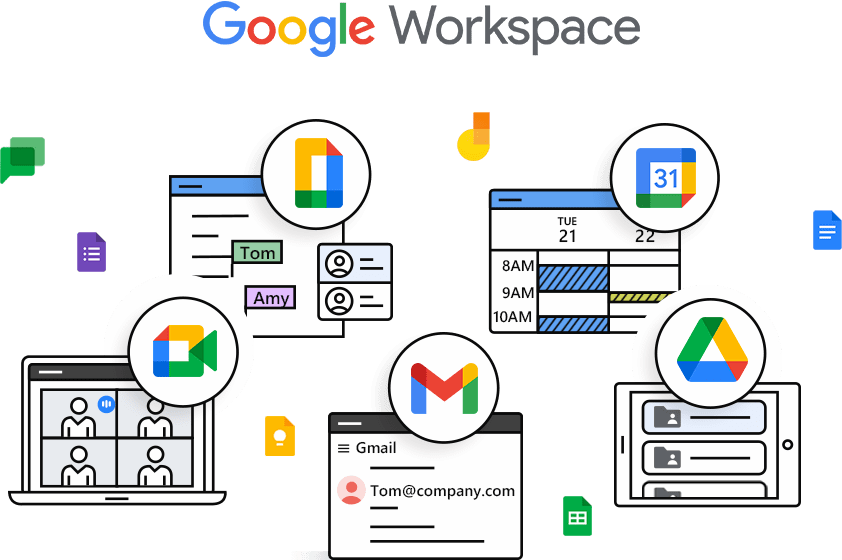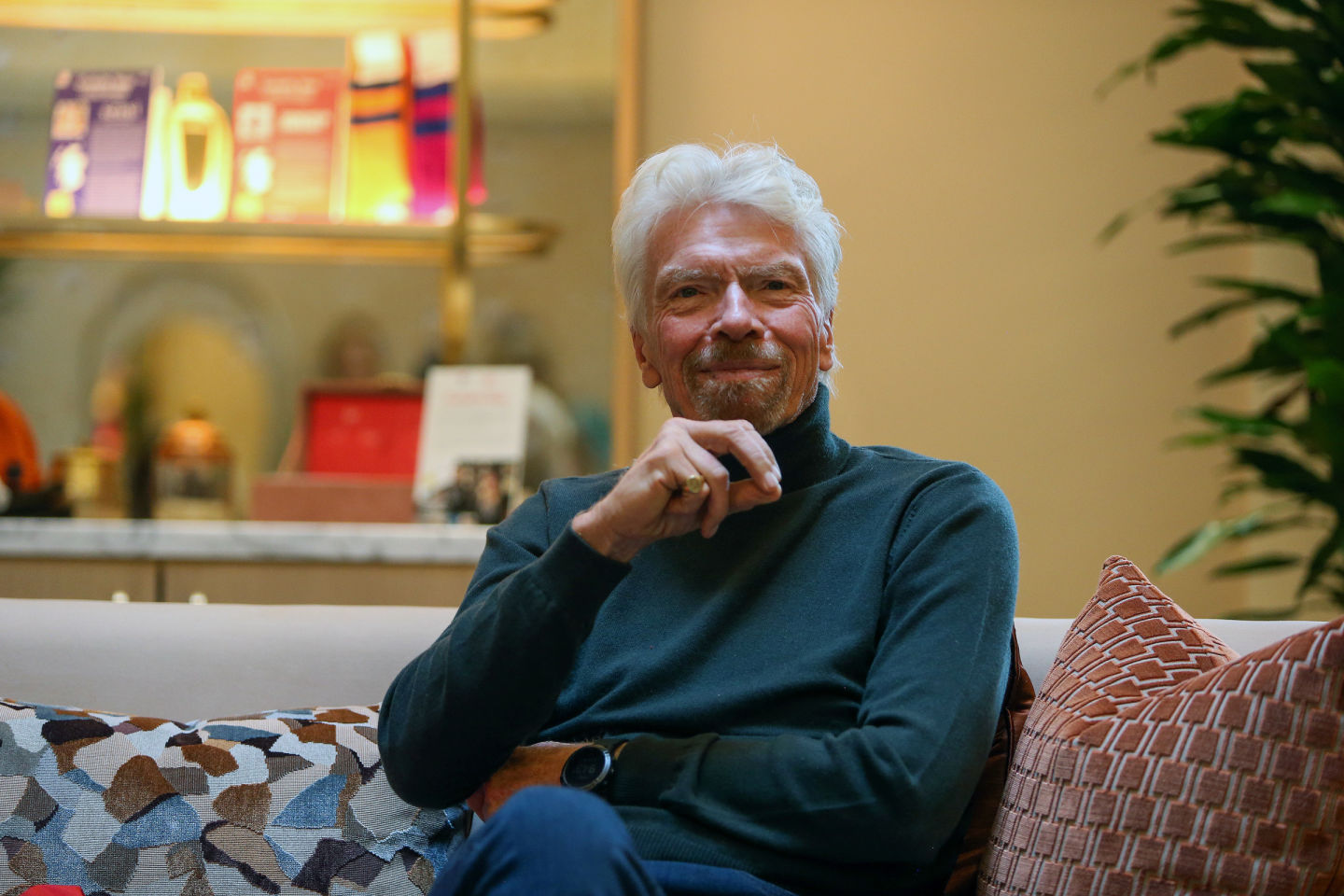31
Artificial Intelligence (AI) / Leader beware: How AI perpetuates mistruths about motivation
« on: September 29, 2023, 08:05:53 PM »Leader beware: How AI perpetuates mistruths about motivation

I was curious to see the results of an AI search on “How to motivate employees.” As someone who’s devoted her career to applying empirically sound motivation science, I shouldn’t have been surprised. Still, I was dismayed by the amount of misinformation and never-proven motivation practices.
I find it fascinating how we painstakingly analyze and interpret all kinds of big data. Still, when it comes to motivation — the most foundational aspect of human behavior — we rely on outdated science and questionable anecdotal evidence perpetuated through popular media.
You’re probably as intrigued with AI as I am. But as leaders, we can’t afford to be influenced by regurgitated mistruths about motivation that are so prevalent in blogs, promotional self-published books, and nonreviewed articles. After all, that’s the fodder that fuels AI. When it comes to motivation — a common topic, especially post-pandemic — if you don’t know what you don’t know, you’re apt to fall prey to stinkin’ thinkin’ and misguided advice.
To save you the headache and heartbreak of misapplied motivation practices, I offer three of the most significant untruths to beware of. I offer these warnings using exact quotes culled from my AI search results.
Common motivation mistruth: Rewards are effective motivators
This statement found online is one of 10 scientifically proven ways to motivate employees:
Offer employee rewards. People will stay with your business if they have a reason to. So if you want to keep your good people and keep them motivated, it’s worth starting an incentive program.
Science-Based Truth: Yes, people are motivated by external rewards. However, not all motivation is created equal. People may think they like incentives, but that doesn’t mean external rewards effectively generate the vitality they need to pursue, achieve and maintain their goals and flourish — just the opposite.
For more reliable resources on employee motivation and rewards, look to research by Marylene Gagne and Jacques Forest.
Common motivation mistruth: Ask people what they want
Here is a direct quote from one of my searches:
Understanding the passions, drivers, and the ‘what gets me out of bed each morning’ question for your employees is critical. Why? Because motivated employees are proven to drive business impact — they experience lower turnover and absenteeism, and ultimately stronger business outcomes as measured by shareholder return and revenue performance.
In the same paragraph of results was this advice for leaders seeking to motivate employees:
Ask them what they want. Instead of trying to guess what’s most important to them, actually sit down with them and find out what they value.
Science-Based Truth: I agree that discussing motivation with employees is good. But asking what motivates them isn’t. Most people aren’t aware of what genuinely motivates them: three psychological needs that are universal and foundational to optimal motivation and thriving. So, when you ask them, “What motivates you?” they will likely respond with external rewards that are proven to leave them unfulfilled.
When a disgruntled employee whispers under her breath, “They don’t pay me enough to put up with this,” she ironically asks for more money, not realizing her genuine yearning is for the fulfillment that comes from experiencing optimal motivation and fulfilling her psychological needs for choice, connection and competence.
For a more reliable resource on what people want, depend on the groundbreaking science of self-determination theory, fathered by Edward Deci and Richard Ryan (the most cited psychological researcher in the world today).
Common motivation mistruth: Maslow’s hierarchy of needs is a proven theory of motivation
An instant red flag warning should go up when someone references Maslow’s hierarchy to explain what motivates people. I highly regard Maslow, but he didn’t even agree with his hierarchy — or that self-actualization should be at its pinnacle.
A well-known coach must not have read the source she cited in her blog about motivation:
Another expert on needs, Abraham Maslow, established a now widely accepted theory that all human beings have a hierarchy of needs that must be met in a specific order.
I retained the embedded link on purpose. If you scroll to the Critical Evaluation section of the cited work, you’ll discover that Maslow’s model was never empirically proven or accepted as a legitimate framework for motivation.
For a more reliable resource on Maslow’s hierarchy, check out this article in the Harvard Business Review.
I hope you find these warnings helpful as you navigate AI-augmented search capabilities. I have more mistruths to warn you about, such as using praise to motivate or trying to make people happy at work. But, unlike the exciting and voluminous information at your fingertips, thanks to AI, I’m attempting to be more discerning. That’s what I’m asking of you. Be discerning. Take the time to validate so-called truths. Don’t assume that the advice you’re reading is good. The point is this: As you take advantage of AI’s potential, don’t let it take advantage of you.
Source: https://corp.smartbrief.com/original/2023/09/leader-beware-how-ai-perpetuates-mistruths-about-motivation?utm_term=ACE42374-E016-4067-A670-76CADB8893CE&utm_content=5BB99A01-D7A8-415B-BF57-E70A16F00718&utm_source=brief
















